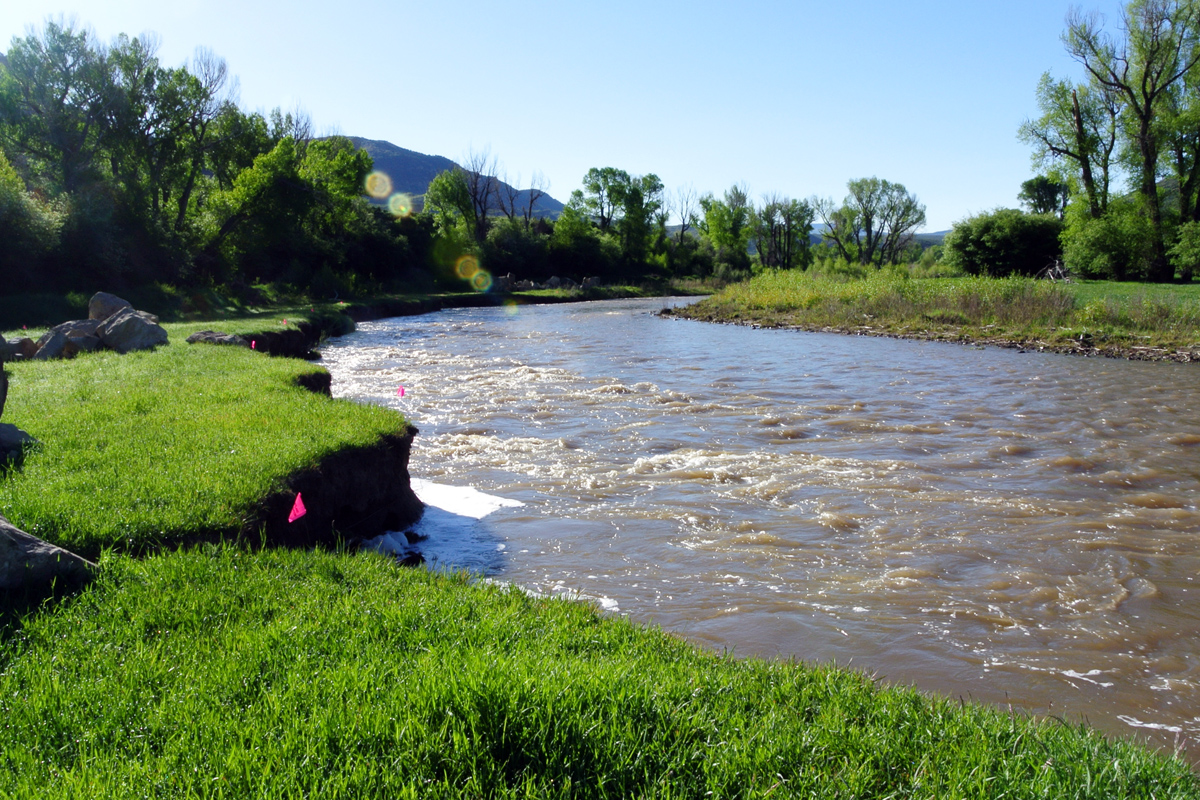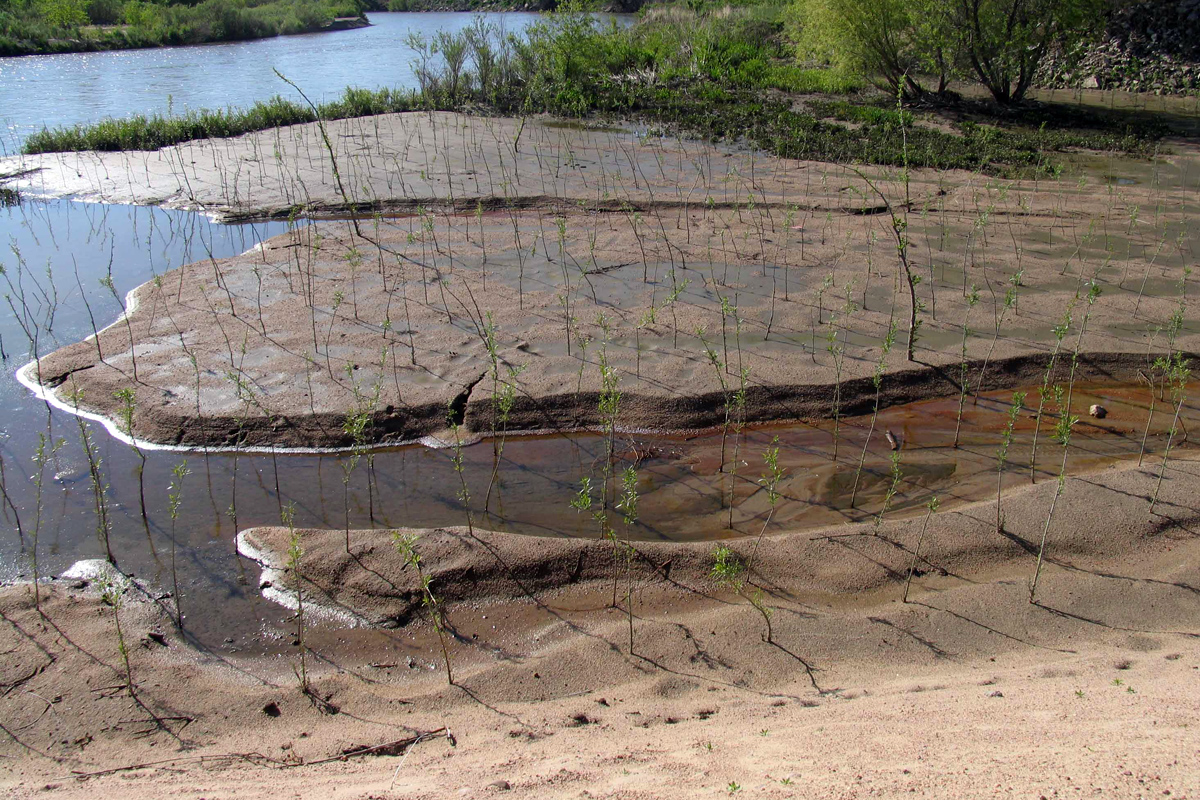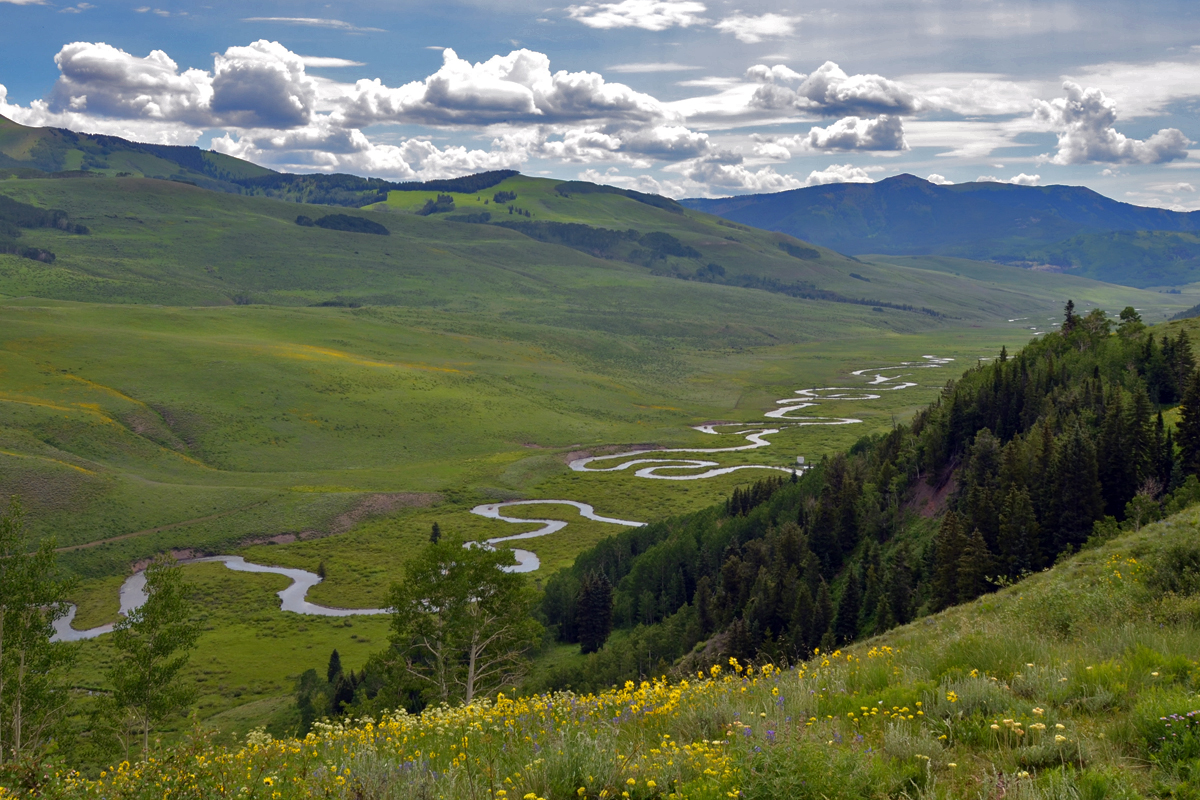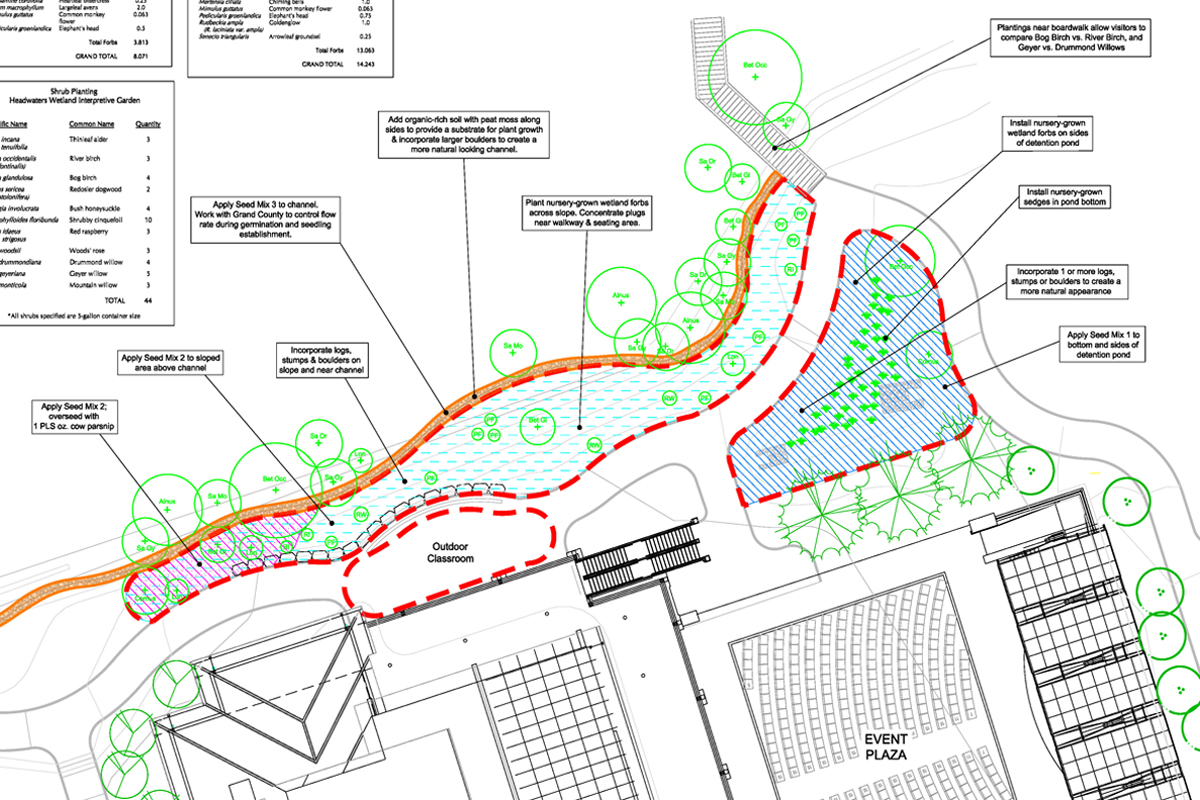Wetlands are among the most valuable ecological communities on earth due to the diversity of species they support and their role in their role in the greater ecosystem. As a result, regulations including the Clean Water Act have been implemented to protect wetlands and the ecological functions that they provide.
Wetlands are a major focus for Birch Ecology and we are experts in wetland delineation, Section 404 Wetland Permitting, wetland mitigation, and monitoring of wetland creation and restoration sites. Our ecologists have worked extensively in Colorado and the Rocky Mountain Region, in wetland environments ranging from the plains to the alpine. We are experienced with complex wetland delineations, including studies that required detailed analyses of groundwater data to map wetlands in flood irrigated pastures and hayfields. In addition, we have prepared comprehensive environmental impact evaluations for sensitive subalpine wetlands, and have worked with the EPA to restore wetlands following Clean Water Act violations. Our team of experienced plant ecologists and soil scientists provides the technical background to ensure the accuracy and high quality of our investigations.
 Fen wetland with Buckbean (Menyanthes trifoliata) in the San Juan Mountains of Colorado.
Fen wetland with Buckbean (Menyanthes trifoliata) in the San Juan Mountains of Colorado.












